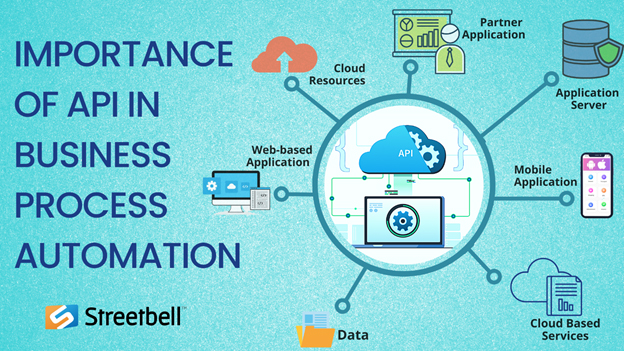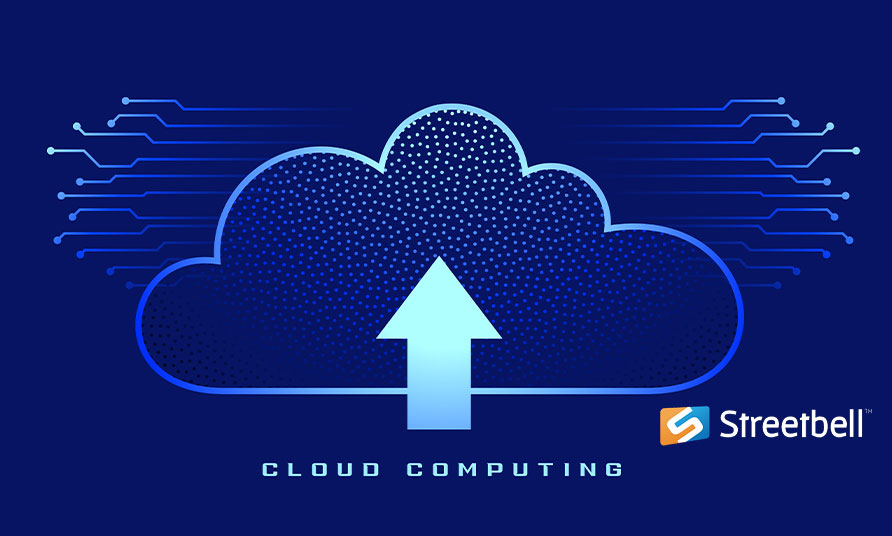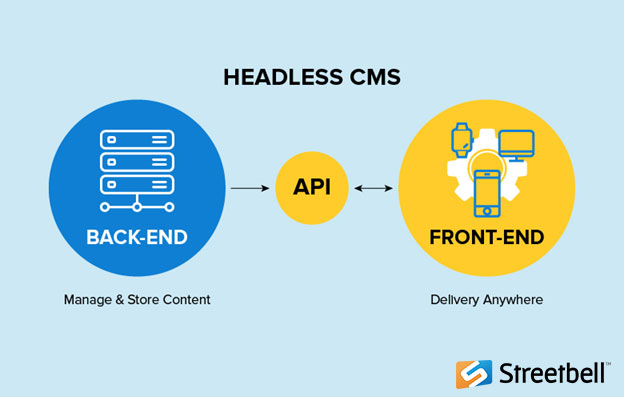
The Significance of APIs in Business Process Automation: Shopygo BPA
- Athul Raj
- Mar 14, 2022

System integration is a time-saving method that takes advantage of the strengths of two or more systems. It assists businesses in reducing expenses and increasing productivity.
Businesses all over the world have been able to move their operations to digital platforms as a result of modern technological breakthroughs. Organizations were previously reluctant to adopt new technology. Most of them started little. Many of them acquired confidence and undertook a complete digital transition after seeing the different benefits of embracing the most recent technologies.
When a business has several areas of operation, making all of the systems operate together might be tough. As a result, we must explore the different advantages of systems integration, the art of combining various modules and making them work as a single unit.


The process of merging separate software programs or pieces into a single system is referred to as software integration. The level of integration can range from the combining of relatively tiny components to bigger systems of significant size and complexity. As a result of the integration, these many apps can now share a single database.
To achieve a smooth link between the distinct pieces, the integration should be properly organized. Increased efficiency is a huge benefit to the organization when done correctly. On the other hand, if various platforms cannot communicate with one another, separate systems must be run, reducing efficiency.

The implementation of any new software system across a company takes time. Why would you want to upset your company's established post-implementation balance?
Running many software applications without integrating them has numerous drawbacks. Here are a few benefits of system integration and how they individually contribute to the resolution of problems produced by disorganized systems.

The collecting of all relevant and associated data is one of the most important outputs of the system integration process. This means that data retrieval and processing for all subsystems is easier and more fluid. If you engage a reputable development firm for your systems integration method, you will end up with an integrated system that enables you to automate and streamline all of your business activities through perfectly created data flow channels.

The system integration process usually comprises acquiring information from different sources and storing it in a fixed place. This reduces the need to manually sync data across numerous platforms over long periods. Instead, if one subsystem alters the data, the other systems are automatically updated. As a result, one of the most significant benefits of system integration is data availability and accessibility in real-time. Because the odds of users accessing outdated data are reduced or eliminated, automatic data updating and syncing leads to higher accuracy.
Because all subsystems have easy access to the most recent data, all users can interact, resulting in increased team coordination. A simpler system is also simpler to teach people. Additionally, timely data availability leads to faster decision-making across all departments, which improves the whole business process. Employees will be aware of current events at all times and will take relevant actions in the future.

Poor performance quality might come from a divide between an organization's multiple functions. If one subsystem alters its data, the other subsystems may be required to catch up by physically inserting the revised data into their respective data storage.
An integrated system increases efficiency by eliminating the need for manual data entry. Because the system automatically refreshes the central database, employees can receive accurate data for subsequent processing. This saves a substantial amount of time. Each department can also focus on its work without being concerned about remaining in sync or other departments' activity. The resources saved can then be put to better use in other areas of the firm.
As a result, two major advantages of system integration are that it makes the workforce not only more efficient but also more productive.

As we explained in the last section, an integrated system removes the need for repetitive tasks. As a result, vital tasks can now be accomplished more effectively while utilizing the same resources, and saving money.
The use of centralized storage avoids the need for many data stores to hold the same information. It is capable of storing data that is specific to each subsystem as well as carefully categorizing any overlapping data. This saves money on unneeded data storage space.

The ever-increasing number of data makes it increasingly difficult to maintain a close watch on overall business performance, especially when data is dispersed across different departments or subsystems. It takes time to collect and combine data, as well as create the ensuing analytics reports. To guarantee that there are no anomalies, you may need to do repeated imports and exports.
With an integrated system, not only is all important data available to you at all times, but the performance of each department is also readily determinable via a central dashboard. An integrated dashboard will have access to the primary data storage.
It will enable you to access pertinent data as needed, enhancing the relevance of your analytical or performance reports. By selecting the right parameters, you may evaluate departmental progress or do a comprehensive corporate review all in one spot.

Because of advances in data storage technology, integrated systems increasingly heavily rely on the cloud. A separate storage or processing platform for each subsystem requires enormous resources. As data volume increases, the capacity of each subsystem must be expanded independently.
When you have an integrated system, you reduce the need for duplication. All subsystems can use shared resources as needed. If your company's computer or storage needs increase, you can quickly request more resources from the cloud provider.

So far, we've talked about the numerous benefits of system integration. In terms of security, this might work in your favor or against you.
In isolated systems, attackers find it challenging to compromise all subsystems at once, especially if each subsystem utilizes a distinct level of security. However, managing security for various platforms may be challenging for you.
With a centralized system, all of your data would be equally exposed to compromise. This problem, however, can be remedied by using a more robust security tool or algorithm. The security of a single platform would be significantly easier to handle.


A company's digital demands are usually pretty basic when it is founded. Sales and customer assistance become less efficient as the customer database develops, and earnings drop. It can be difficult to decide which solutions to include. Trying to figure out if they'll function together can be even more perplexing.
Over time, it becomes rather easy to make a rash investment in software if new business demands arise. While that strategy may be less expensive at first, it will almost certainly cost you significantly more in the long run if you wind up with a slew of incompatible software products.
Employees suffer as a result of inefficiency. It takes time to enter contact data and other information into multiple programs. Their time would be better-spent multitasking or on more vital pursuits. Furthermore, repetitive work is exhausting and inefficient.
Your customers demand the best possible service. When your data flow suffers, your service will fail to satisfy customer expectations, which will have a negative influence on your bottom line.


Modern enterprises have a wide range of requirements. Cloud-based phone systems, VoIP systems, and integrated software solutions are becoming increasingly important in the commercial world.
The numbers below show how traditional data centers are struggling to match the needs of new applications and workloads.
The fast expansion of software integrations demonstrates the value they provide for regular company demands. "Building, implementing, and maturing cloud strategies will continue to be a major focus for years to come," said Sid Nag, research vice president at Gartner.
Customers want immediate, often real-time service. For enterprises to meet that demand, numerous programs must be able to transmit information quickly and continuously.
Messages and data can be sent and processed using advanced technologies. Additionally, software systems save a plethora of data that businesses may utilize to better analyze personas, purchase patterns, sales cycles, and client interactions.
Software integrations enable software programs to communicate with one another in real-time. It's even better because updates are quick and simple. They are the key to improved communication, increased efficiency, cost savings, and a more consistent client experience.
Data storage and management are no longer required with system integration. It offers a centralized system built on a safe and scalable architecture. In addition to other advantages, the better data gathering and retrieval procedure helps your firm to realize operational and economic efficiency.














